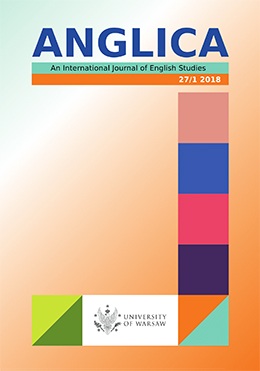London’s Suffragettes, Votes for Women, and Fashion
London’s Suffragettes, Votes for Women, and Fashion
Author(s): Katarzyna KociołekSubject(s): Theoretical Linguistics, Applied Linguistics, Translation Studies
Published by: Instytut Anglistyki Uniwersytetu Warszawskiego
Summary/Abstract: Suffragettes’ militant campaigns for voting rights are commonly dissociated from fashion, yet, in fact clothing and accessories were widely used by Emmeline Pankhurst and her fellow activists to gain visibility and increase public support for the suffrage movement. As commented by Katrina Rolley (1990), the suffragettes were frequently confronted with unfavourable representation of themselves in the press. Yet, thanks to their distinctive use of fashion, as observed by Paula Bartley (2002), the so called “Coronation Procession” held on 17 June 1911 in London was “one of the most colourful and spectacular of all the women’s suffrage demonstrations” (122‒123). Because there is little research on the importance of fashion in public space and the relationship between fashion and the women’s movement, the objective of the article is to show how sartorial practices of suffragettes countered their negative representation in the press. By applying elements of Cognitive Metaphor Theory to selected political cartoons by William Kerridge Haselden in the Daily Mirror, and fashion advertisements in Votes for Women magazine, the article demonstrates that the suffragettes used fashion in order to both increase their public visibility and to conform to normative femininity.
Journal: ANGLICA - An International Journal of English Studies
- Issue Year: 27/2018
- Issue No: 1
- Page Range: 81-95
- Page Count: 15
- Language: English

